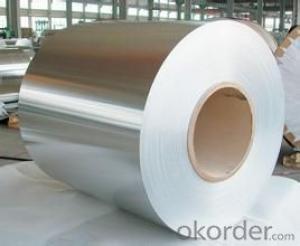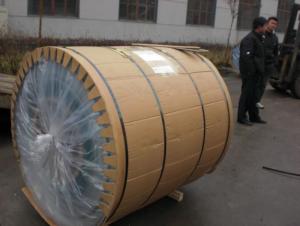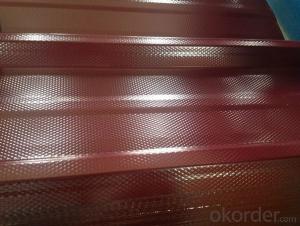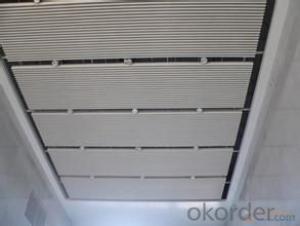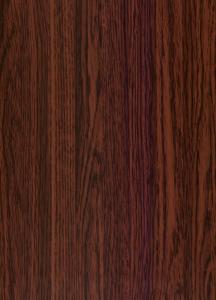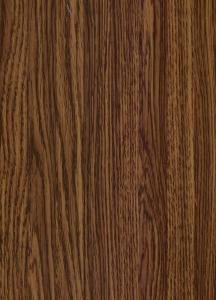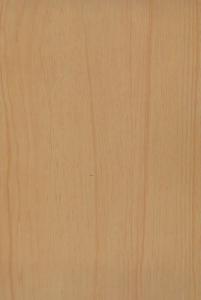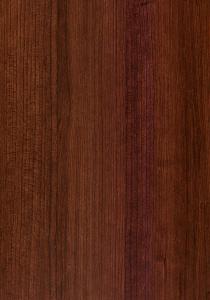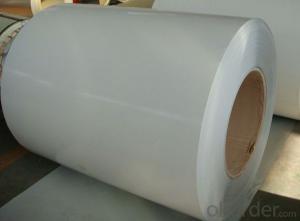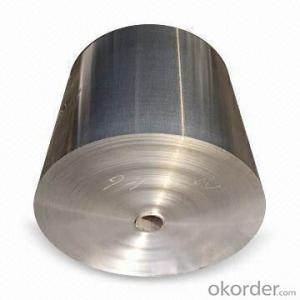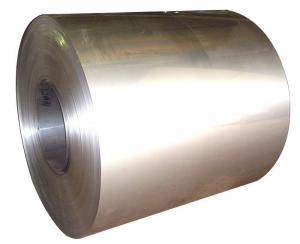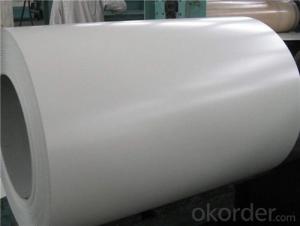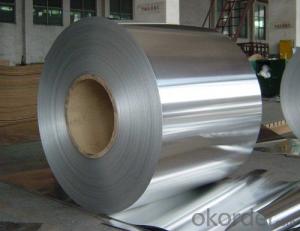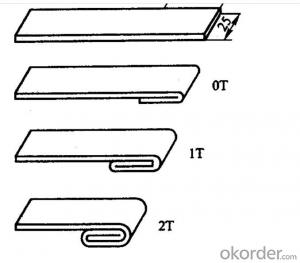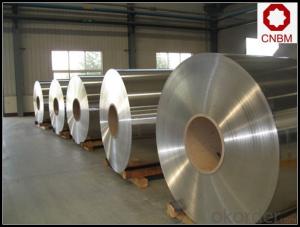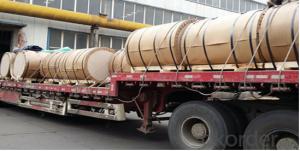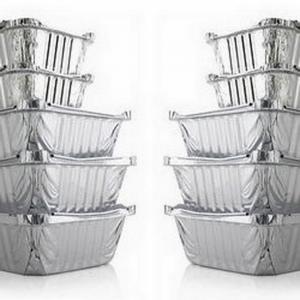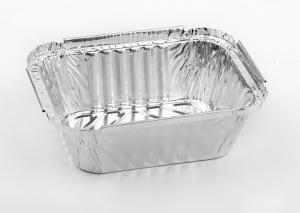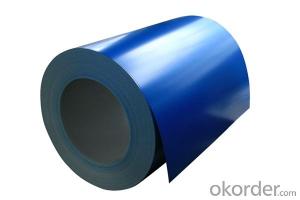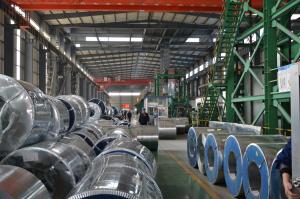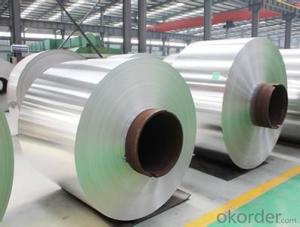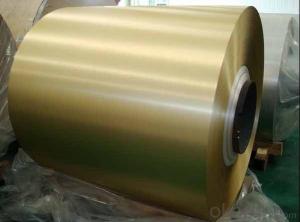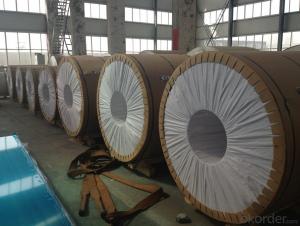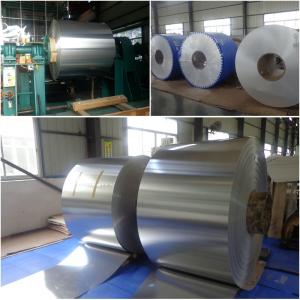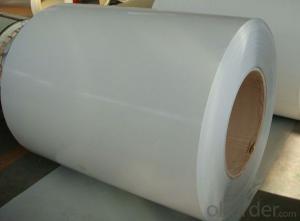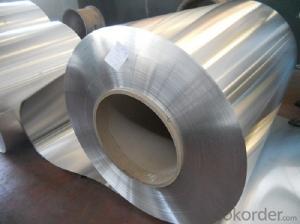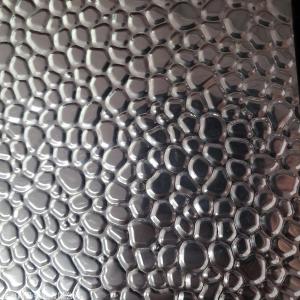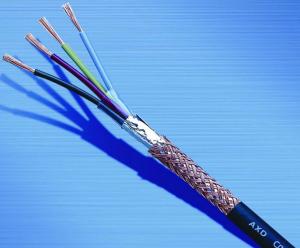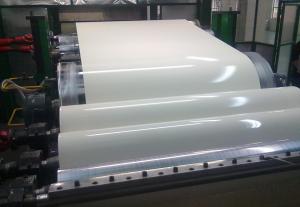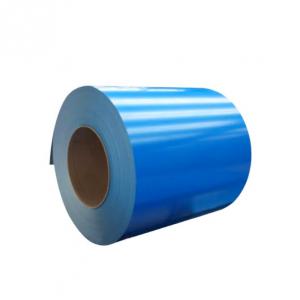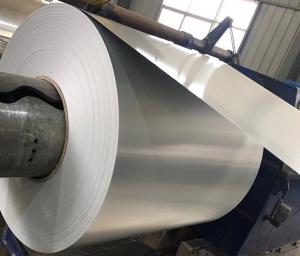Aluminum Trailer Roof Coil
Aluminum Trailer Roof Coil Related Searches
Aluminum Roof Coil Aluminum Tube Coil Aluminum Wire Coil Aluminum Tubing Coil Aluminum Alloy Coil Roll Aluminum Coil Aluminum Copper Coil Aluminum Coil Pipe Aluminum Ac Coil Coil Aluminum Copper Aluminum Coil Aluminum Roofing Coil Suppliers Aluminum Strapping Coil Roof Aluminum Foil Aluminum Siding Coil Aluminum Evaporator Coil Alcoa Aluminum Trim Coil Trim Coil Aluminum Aluminum Strip Coil Anodized Aluminum Coil Aluminum Fin Coil Aluminum Siding Trim Coil Custom Rolled Aluminum Coil Air Conditioner Aluminum Coil Coil Coating Aluminum Aluminum Trim Coil Roll Home Depot Aluminum Coil 102'' Wide Aluminum Roof Coil Textured Aluminum Coil Roll Of Aluminum CoilAluminum Trailer Roof Coil Supplier & Manufacturer from China
Aluminum Trailer Roof Coil is a specialized product made from high-quality aluminum materials, designed to provide durable and weather-resistant roofing solutions for trailers. These coils are known for their lightweight, corrosion resistance, and high strength, making them an ideal choice for various trailer roofing applications. They are engineered to withstand harsh weather conditions and provide long-lasting performance, ensuring the safety and protection of the cargo or equipment being transported.The application of Aluminum Trailer Roof Coil spans across a wide range of usage scenarios, including recreational vehicles, cargo trailers, horse trailers, and utility trailers. This product is particularly beneficial in situations where lightweight roofing materials are required to reduce the overall weight of the trailer, thereby improving fuel efficiency and maneuverability. Additionally, its resistance to corrosion and weathering makes it suitable for use in coastal areas or regions with high humidity, where traditional roofing materials may degrade more quickly.
Okorder.com is a reputable wholesale supplier of Aluminum Trailer Roof Coil, boasting a large inventory to cater to the diverse needs of customers. As a leading platform for industrial products, Okorder.com offers competitive prices, fast shipping, and excellent customer service, ensuring that customers receive their orders promptly and in perfect condition. By partnering with Okorder.com, customers can be confident in the quality and reliability of their Aluminum Trailer Roof Coil, knowing that they are sourcing from a trusted and established supplier.
Hot Products
